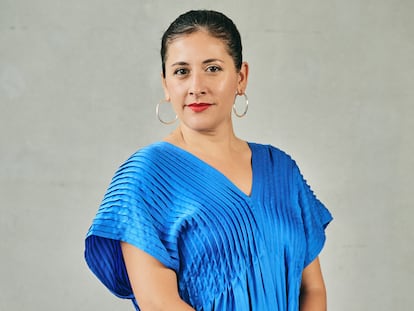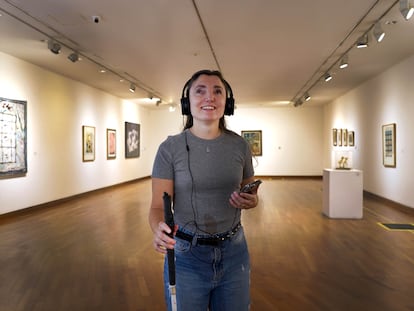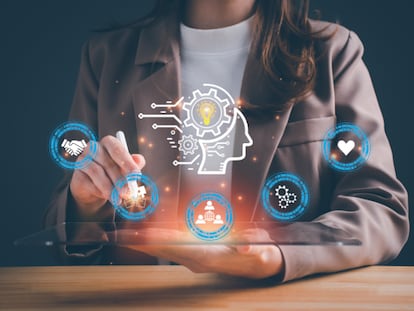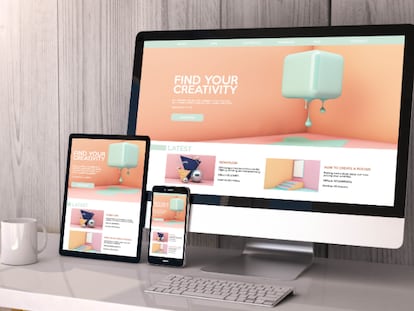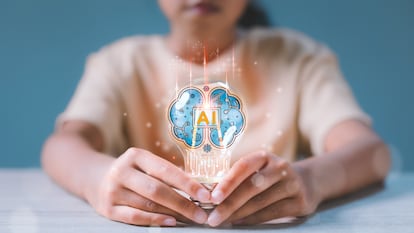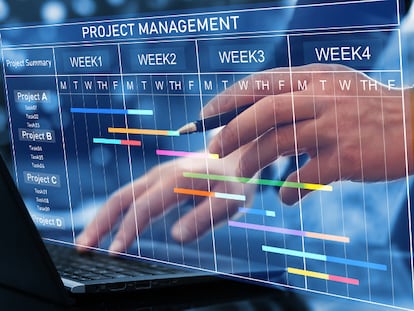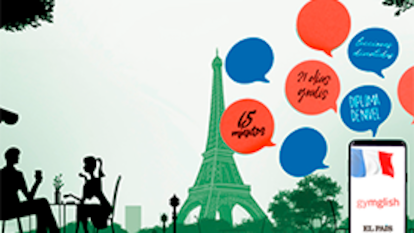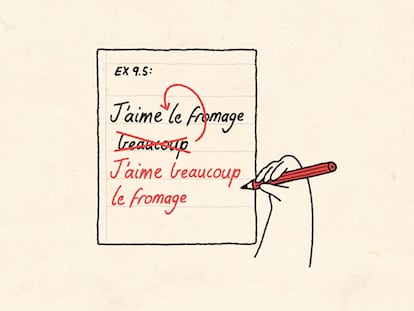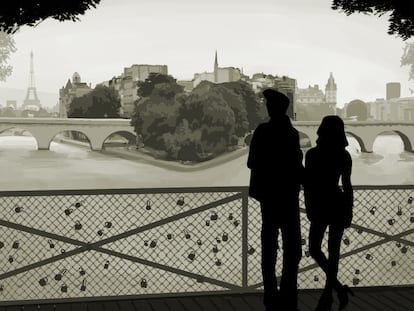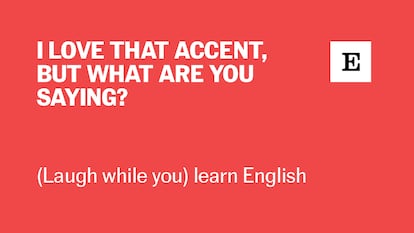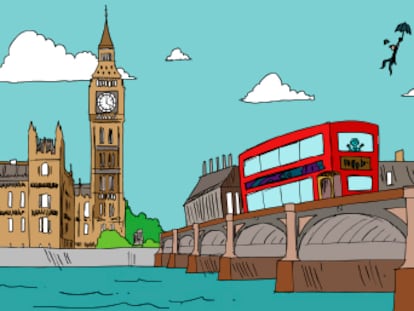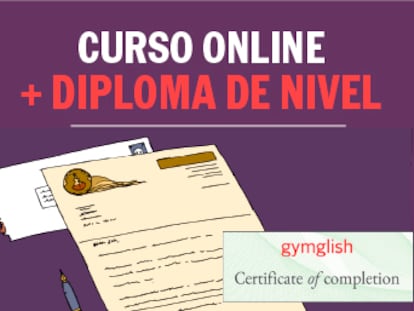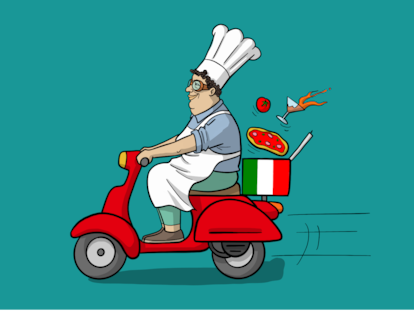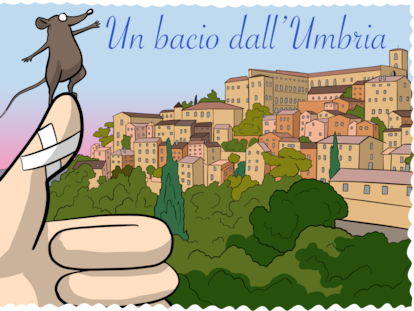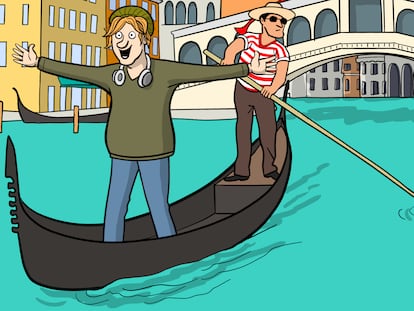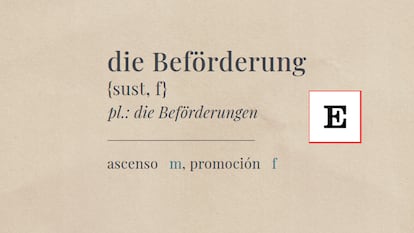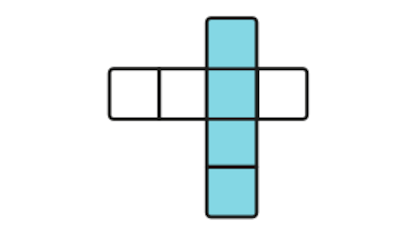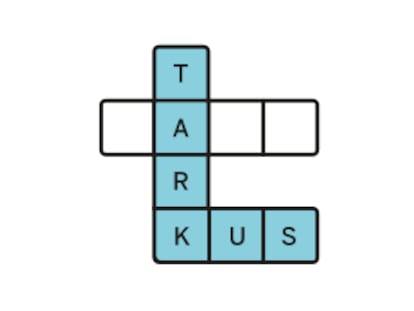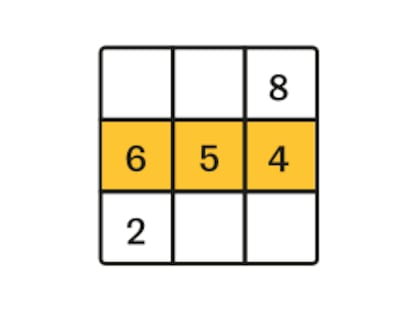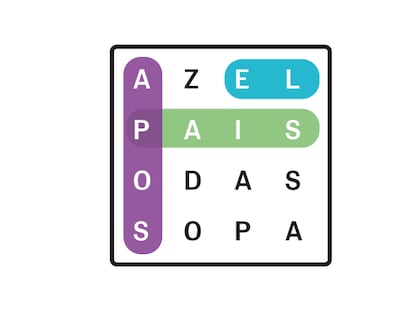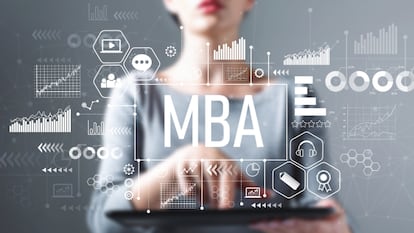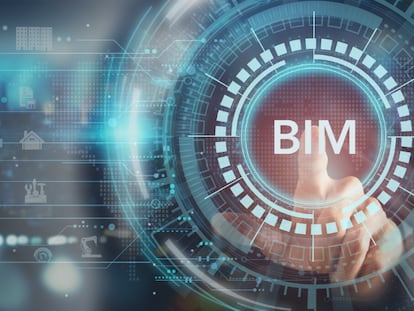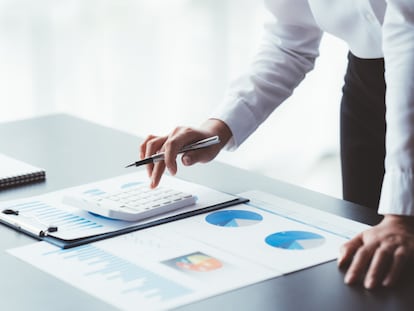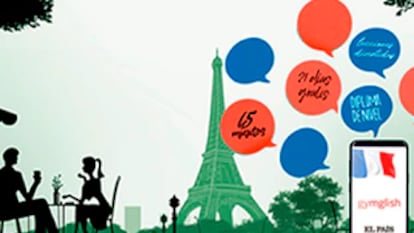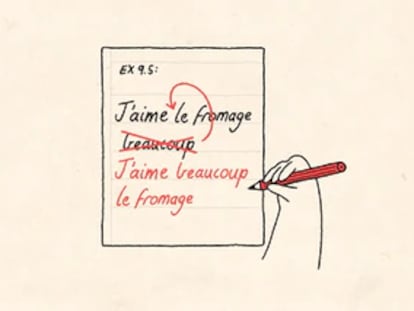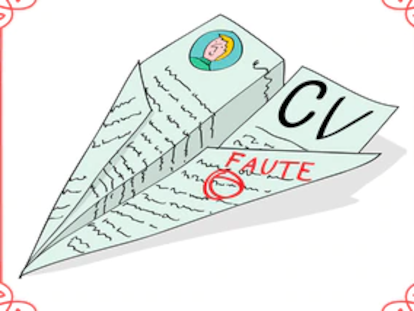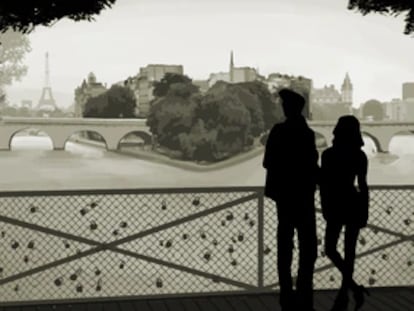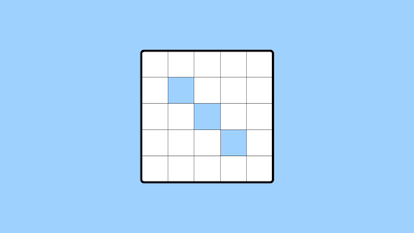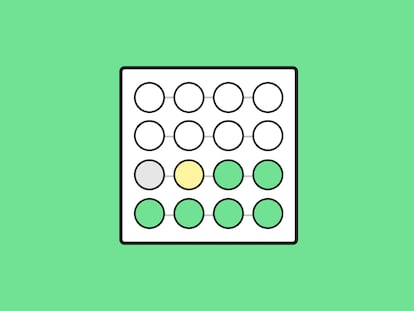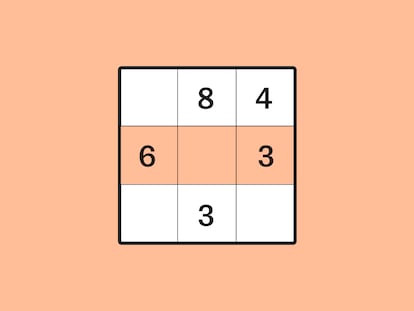The artistic movement that anticipated the algorithm
An exhibition at London’s Tate Modern revisits the story of the pioneers who used science, technology, and innovation to create
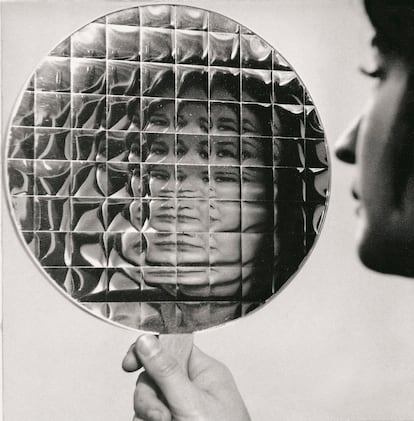
“The fundamental thing is what the artist wants to do, and then, finding the technology to make it possible. For example, Bob [Robert] Whitman couldn’t care less which technology he used, but in some way he understood that through it, he could achieve what he wanted, and that he could work with an engineer to make it happen,” said Julia Martin at a 2013 conference. She was talking about one of the keys to the revolutionary movement that in the mid-1960s saw artists and engineers work together at Bell Telephone Laboratories with the simple, but terribly audacious, goal of seeing what they could come up with. It was called Experiments in Art and Technology. Probably its best-known results were the works presented in October 1967 by 10 artists (including Robert Rauschenberg, John Cage and Lucinda Childs) after months of working with some 30 engineers. Over the course of nine presentations, more than 10,000 people came to the temporary theater erected at New York’s 69th Regiment Armory to see performance art made with appliances, dancers gliding atop robots, and even sound itself, pulsing around them.
Martin was there, working alongside Whitman and another one of the great driving forces behind it all, from the engineering side: Billy Klüver, a Swedish-born physicist who had already shown promise back when he presented his final thesis in 1952 in the form of an animated film. As Martin would explain many years later, for Klüver, it was not about the artist becoming a bit of an engineer or the engineer becoming a bit of an artist, but rather, that the key lay in the collaboration itself.
Would such an initiative make sense today — a partnership between artists and engineers specializing in artificial intelligence, for example? Perhaps. Or perhaps not. What does seem like a good idea, in this era of colossal technological disruption that is generating fear throughout the world of art, is taking a look back at the work of the pioneers who rode the waves of science, technology, and innovation to create. That is precisely the task taken on by the exhibition Electric Dreams, Art and Technology Before the Internet, which can be seen through June 1 at London’s Tate Modern. The show brings together revolutionary works from around the world, from 1950s and 1960s psychedelic experiments, engines, neon and transistors, in addition to early approaches towards the digital world, with pieces made by machines and informational systems in the 1970s and 1980s.
“At this exact moment of history (and art history), it seems fundamental that we take a long retrospective look at how the relationship between humanity, creativity, and automatization has evolved,” says Valentina Ravaglia, the exhibition’s curator. She mentions the fascinating debate that has emerged regarding the impact of AI on the concept of authorship: “To begin with, anyone who looks to have a sound opinion about these issues must understand that the application of algorithmic rules to art hardly began with digital art, that artists have been automatizing and delegating the creation of their works since the first hominoid learned to make a handprint using a stencil.”
Ravaglia, the museum’s curator of displays and international art, mentions a few names — some of which she believes have been unjustly forgotten or underappreciated — that are worth knowing in the formation of an informed opinion on the issues roiling today’s world. She cites the New Tendencies movement, an eclectic group based in Zagreb that sought to generate “novel yet accessible and democratic visual effects” by applying scientific methodologies to art; the Italian artists who participated in the Arte Programmata movement, France’s Groupe de Recherche d’Art Visuel (Julio Le Parc and Franćois Morellet, among others); and the artists who paved the way for computer-assisted art, such as Japan’s Hiroshi Kawano, Croatia’s Vladimir Bonačić, and the Arte y Cibernética group in Argentina. And of course, the pioneers of digital art: Wen-Ying Tsai, Fujiko Nakaya, Analivia Cordeiro, Sonia Landy Sheridan, Rebecca Allen, Eduardo Kac, Samia Halaby, Suzanne Treister, and so many more.
Such a landscape, which may be glimpsed in the London exhibition, foreshadowed much of the debate currently tearing the art world apart. “If we look back, we cannot help but notice that the concerns we have today about the impact of automatization on creativity and work in general echo those of the past,” says Ravaglia. The curator is well aware of the all-too-real dangers of the times, that people are already losing their livelihoods to AI — a problem that is far from limited to artists — but that’s due, in her view, to companies and individuals who don’t respect “creativity and work in general.” “There’s no doubt that the magnitude of this phenomenon is worrisome, but blaming technology is a distraction.” She continues to have serious doubts about many of today’s hot-button issues — including those of copyrights and intellectual property — but thinks it’s only a matter of time “before we can truly understand what this paradigm shift is bringing, what it is already doing to art as a way of doing and knowing.”
Sign up for our weekly newsletter to get more English-language news coverage from EL PAÍS USA Edition
Tu suscripción se está usando en otro dispositivo
¿Quieres añadir otro usuario a tu suscripción?
Si continúas leyendo en este dispositivo, no se podrá leer en el otro.
FlechaTu suscripción se está usando en otro dispositivo y solo puedes acceder a EL PAÍS desde un dispositivo a la vez.
Si quieres compartir tu cuenta, cambia tu suscripción a la modalidad Premium, así podrás añadir otro usuario. Cada uno accederá con su propia cuenta de email, lo que os permitirá personalizar vuestra experiencia en EL PAÍS.
¿Tienes una suscripción de empresa? Accede aquí para contratar más cuentas.
En el caso de no saber quién está usando tu cuenta, te recomendamos cambiar tu contraseña aquí.
Si decides continuar compartiendo tu cuenta, este mensaje se mostrará en tu dispositivo y en el de la otra persona que está usando tu cuenta de forma indefinida, afectando a tu experiencia de lectura. Puedes consultar aquí los términos y condiciones de la suscripción digital.

